
How to Choose Home Office Lighting
Search
Main Article: How to Choose the Right Light Fixtures for Your Room
The Purpose of a Home Office
A home office is a small to medium-sized room designed as a work environment. A large desk is popular office furniture, as well as storage cabinets, filing cabinets, computers and other office equipment such as photocopiers, printers, fax machines etc.
The home office is often a repurposed room requiring some design from the homeowner. A home office should be well organized to aid efficiency, be comfortable for long-term use, preferably quiet and functional.
The Lighting you'll need in a Home Office
The home office features a desk with a large work surface, adjustable seating, storage cabinets, shelving, office equipment and functional surfaces. A modern home office likely includes computers, printers and other electronics. A worker will need to focus on tasks, move around the office occasionally and have ample comfortable lighting. Adapting your lighting choices to how people will use the room is important.
- Overhead ceiling lights are important for lighting up an office. Leave enough headroom in the areas where people will be walking, so that they can walk underneath the light fixtures. Ceiling lights should be more functional than decorative, since valuable space is desirable for office equipment and storage.
- Pendant lights can work well in an office if positioned over a desk. The pendants hang low and shine light down onto the work surface, which is helpful for working.
- Semi-flush or flush-mounted lights work well close to the office ceiling, taking up minimal headroom and providing bright light. One or two in the home office should be enough as a main light.
- Recessed "pot" lights can be used, recessed into the ceiling itself. The pot lights take up no headroom and give a modern minimalist look to the office. A great way to maximize the amount of space in the room. You'll need at least a few or several spread across the office since each features only one light bulb.
- Wall sconces can be added at the sides of the office on empty walls, especially near doors or behind seating areas, to add extra ambience. They complement the main light fixtures or could be used independently for a softer mood.
- Portable lamps such as table lamps, floor lamps and reading lamps place light at an ideal height for office work. A floor lamp in the corner of the office or a reading lamp next to the office chair provide helpful light for working.
- Use a desk lamp on the office desk itself. Desk lamps are designed specifically to position the light over the desk instead of over the lamp base, leaving the desk area below the light empty for paperwork and other items. No office desk is complete without out, providing optimal task lighting.
- Add a ceiling fan to help with ventilation, heating and cooling. The fan can be positioned over the desk or in an open area, provided it won't blow paperwork around. A fan is a great option to cool off in the summer heat and can double as a light fixture, and can run at different speeds.
- Accent lighting can be added. For example spot lights can shine focused light in a specific direction, to e.g. light up a piece of wall art or furniture. Accent lamps can add decorative touches of gentle light. And can lights can give an interesting upward-pointing light, mounted on the floor.

The use of Lighting in your Home Office
The main function of your lighting should be to help people to see in the dark, especially in the evening and at night. You can add background lights, decorative lights and mood lighting but make sure you have a way to brightly light the room when needed.
Also consider where in the room people will spend the most time and what they will be doing there. Will they be sitting most of the time? Will they be walking around? Will they be focusing on tasks? Needing extra light in some areas? Lighting should be chosen based on how people will use the room.
- Ambient Lighting is when the light is bright and spreads out in generally all directions, lighting up most of the room. Ambient light can also be background light. It is less focused and more diffused. Ceiling lights and wall lights can create ambient lighting.
- Task Lighting is when the light is more focused into a smaller area, possibly aimed in its direction, and is used when performing tasks. When working at a desk, operating office equipment or looking for files, you'll need light fixtures or lamps nearby so that you can see what you're doing.
- Accent Lighting comes from small accents of light generally in the background. This are the finishing touches such as small novelty lamps, can lights, spot lights, accent lamps and other decorative lighting. The amount of light output is usually less and limited to a smaller area. Since an office is more about business than pleasure, keep less-useful lamps to a minimum.

Where to put Lighting in a Home Office
Main Light Fixtures
In a home office you'll likely want one or two main light fixtures, positioned fairly centrally in the room. These could be semi-flush mount lights, flush-mount lighting, or ceiling fans with lights. Alternatively you can hang pendants over a desk to help light up the desk area.
Remember to consider the angle of the light emitted so that you will have ample lighting and minimal shadows in important areas of the room such as on the desktop, especially if the main light is functioning as a task light.
If the room is longer than square, consider breaking it up into sections like separate rectangles, with one light in the center of each. Centrally positioned lights will emit light in all directions and light up most of the room.
Secondary Light Fixtures
To complement the main light fixture and provide additional layers and levels of light, adding a couple of wall sconces on a wall near to seating can be useful.
Also consider floor lamps or torchieres, which usually give off brighter light than other types of lamps. These can be positioned in corners or ends of the room, or next to seating areas to light up dark spots. They also work well by themselves for a softer mood.
Task Light Fixtures
Often in a home office you'll see desk lamps, which work well on the desk surface. Undercabinet lighting can also help illuminate surfaces. Also floor lamps and reading lamps can come in handy for extra light support near to work areas. In a home office, consider trying to find ways that your lighting can be multi-functional and useful for different tasks.
Remember also to think of your clients if you have them. Clients may enter the room and need to find seating and have bright lighting to examine paperwork for example. You'll need to consider their needs and uses of the room as well as your own.
Consider eyesight and glare
When placing lighting in a home office, remember that light comes from a light bulb in most cases. The light may or may not be covered in all directions. For example, sitting below an overhead light it may shine into people's eyes who are sitting nearby, depending on the line of sight. Consider moving lights to the side if needed, but also consider the shadows that may be cast.
You might benefit from an overhead light when needed, but you may not want it shining in your face when working long hours. An overhead light works well above the office worker, while dedicated desk lamps can help place light further in front of the workspace.

How much Lighting does your Home Office need?
The amount of light needed in a home office is usually at a higher level compared to other rooms. Also the size of the room and the natural lighting coming in through windows will affect the amount of light needed.
Light is best measured in lumens, which is a measure of how much light reaches a surface at a given distance. In general it means "brightness" in a standardized way. You'll need to calculate an idea of how much light you want in the room, and then try to aim to achieve this across your light fixtures and lamps.
A general approach is as follows:
- Measure the length and width of the room in feet..
- Multiply the two numbers to get the "square feet".
- Multiply the square feet by the amount of lumens needed per square foot for the room - for a home office this is 50-60 lumens per square foot.
For example in an 10 x 12 foot home office:
- 10 x 12 = 120 square feet.
- 120 x 50 = 6000 total lumens on the low end.
- 120 x 60 = 7200 lumens on the high end.
In terms of light bulbs: A single 60-watt incandescent light bulb outputs about 800 lumens. If you were using purely 60-watt bulbs, you'd need at least e.g. 6000 / 800 = 7.5 light bulbs minimally, up to 7200 / 800 = 9 bulbs maximally. So roughly 7 to 9 light bulbs at 60 watts each would be needed for a home office.

Recommended Lighting for a Home Office
Here are our top picks for types of lighting and light fixtures that would work best in a home office.
Ceiling Lights
Wall Lights
Lamps

More Rooms to Explore
Shop for Home Office Lighting
We've curated our light fixtures to save you time.
Shop now by showing only home office lighting.
Explore Topics

Table of Contents
How to Choose Home Office LightingThe Purpose of a Home OfficeThe Lighting you'll need in a Home OfficeThe use of Lighting in your Home OfficeWhere to put Lighting in a Home OfficeHow much Lighting does your Home Office need?Recommended Lighting for a Home OfficeMore Rooms to ExploreShop for Home Office LightingCommentsShopping Ideas
Trending

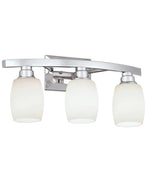




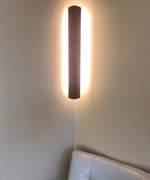






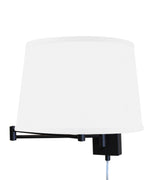
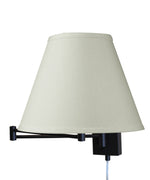












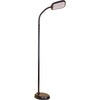










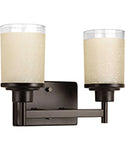
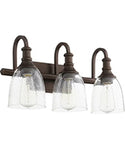
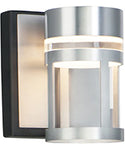
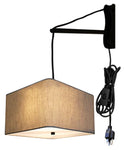
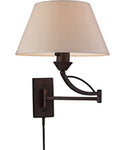
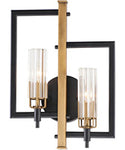
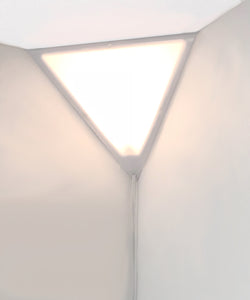
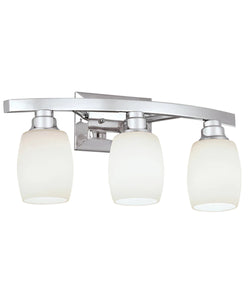











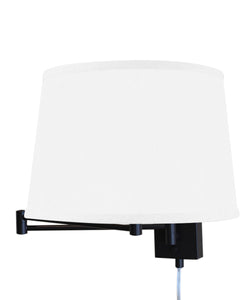
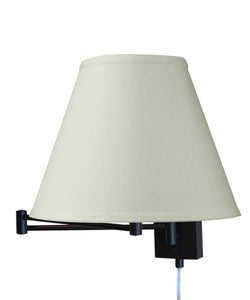





Comments